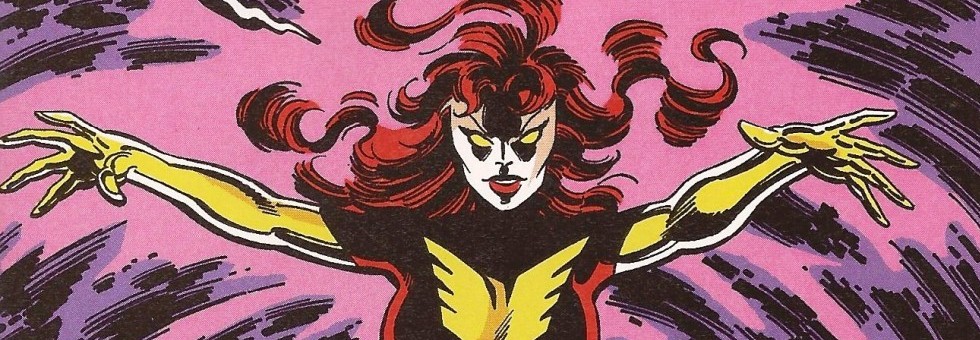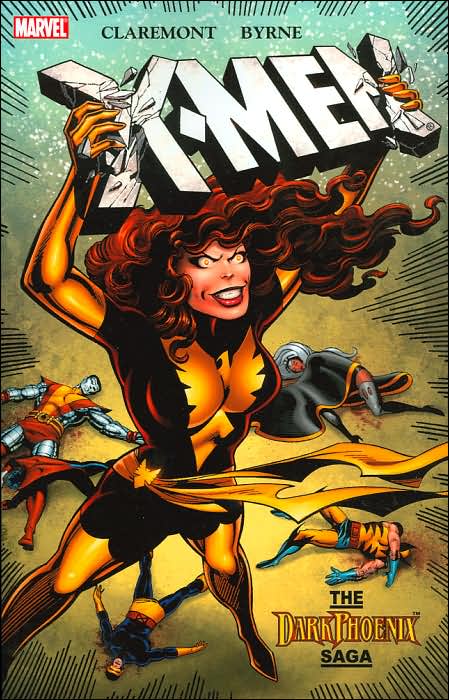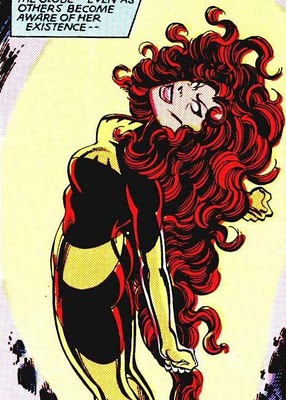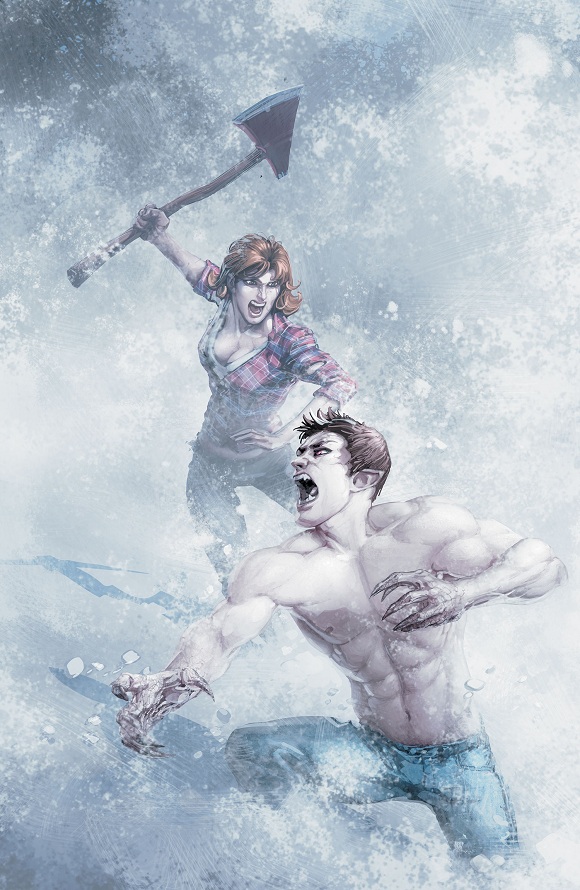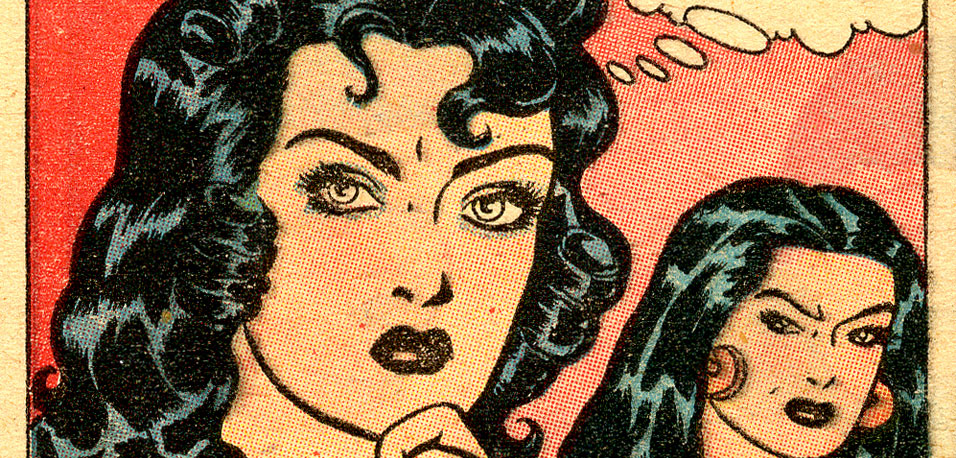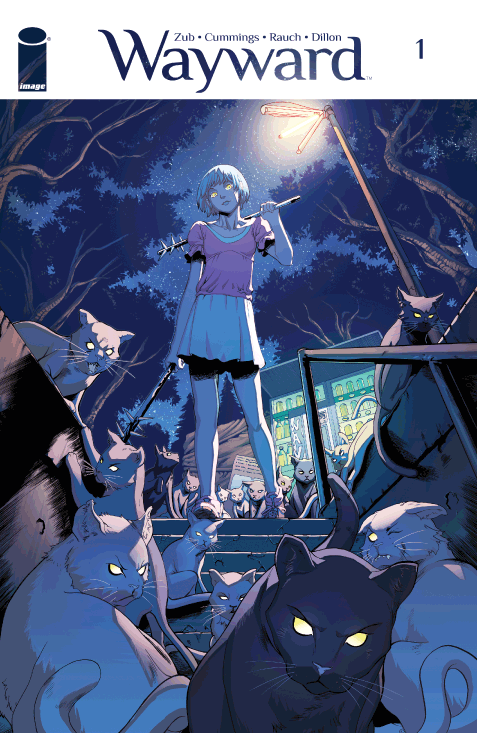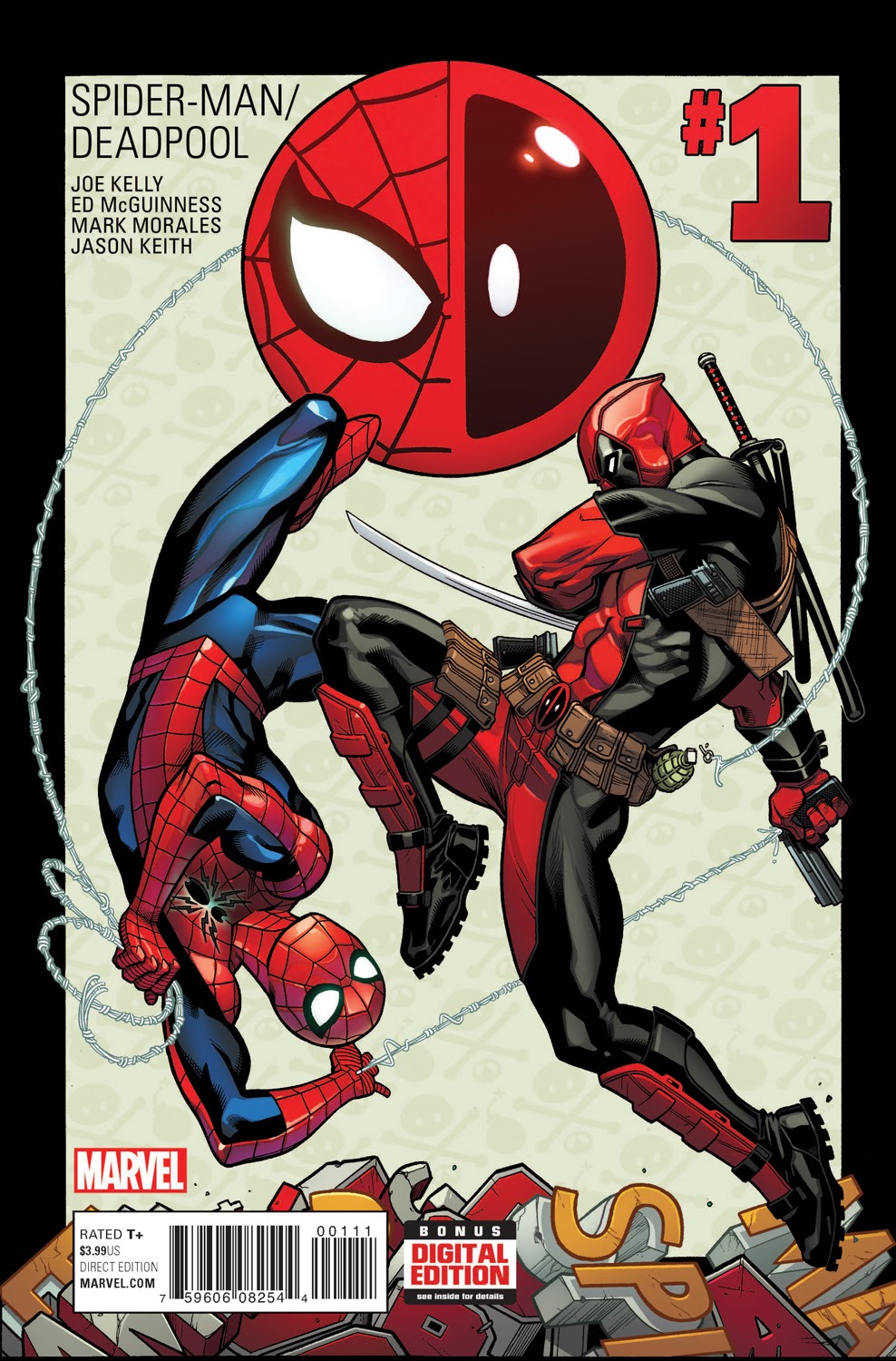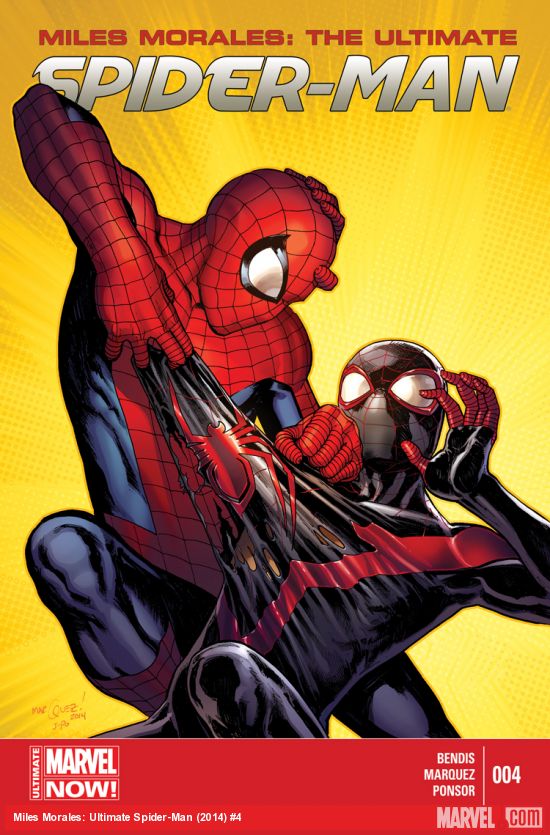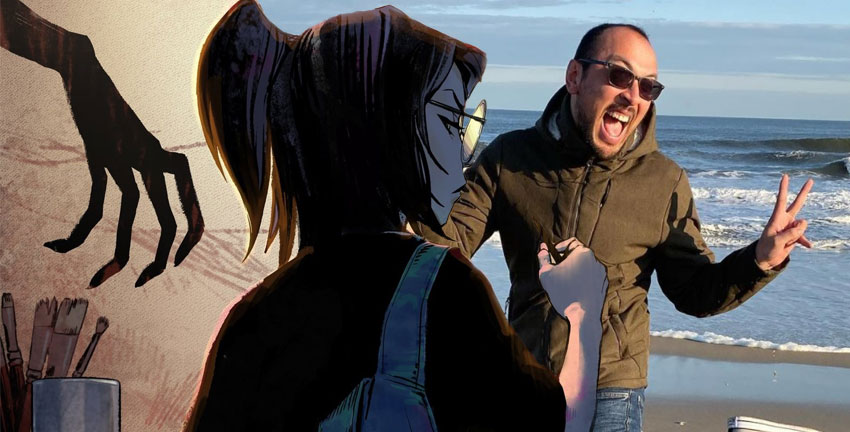By Bob Reyer
Through this titled story from Uncanny X-Men #101, the epic saga of the Phoenix began in 1976. In the ensuing years ret-cons, re-boots, alternate futures and other “fixes” have partially obscured the superb story-telling that was at the core of one of comics’ operatic tragedies. As art historians find new DaVincis by peeling away other works, let’s strip some of the unnecessary layers from this one to reveal it’s true grandeur.
Setting the stage—at the close of Uncanny X-Men #100, writer Chris Claremont and artist Dave Cockrum had put Jean Grey into grave jeopardy, piloting a space shuttle through a solar storm in order to save her team-mates. After a horrendous crash, Jean emerges from the waters of Jamaica Bay as the Phoenix, with a new costume and unexplained heightened powers. By issue #105, Jean’s new abilities allow her to go toe-to-toe with Galactus’ former herald, Firelord, and by issue #108 (John Byrne’s first as penciller), she is able to fire-up a Shi’ar stargate to traverse galaxies and knit together the lattice-work of reality within the M’krann Crystal, saving the universe.
Over the next two years, Jean would be in-and-out of the book, resurfacing as a major player during the “Proteus” story arc that began in #125, which featured a sub-plot of Mastermind, in the guise of Jason Wyngarde, projecting illusions into Jean’s mind, casting her back in time and place to the Regency era Hellfire Club, driving her to her darker impulses. This meddling would eventually transform Jean into the club’s “Black Queen”, a mental hold that would last until Jason murdered Cyclops on the astral plane, which set off a psychic shock that would unleash the Dark Phoenix. After driving Mastermind insane with just a fraction of her new power, and quickly besting the other X-Men, she would depart the Earth for the stars. Early in her journey, craving sustenance, the Phoenix plunged into the heart of a sun, causing a super-nova that destroyed an inhabited planet, an act observed and reported on by a Shi’ar battlecruiser.
Returning to her home, the Phoenix, at war internally with the Jean Grey portion of her psyche, would be defeated, and psionically bound by Charles Xavier, seemingly de-powered and restored to humanity. Within moments, all the combatants would be whisked off-planet by the Shi’ar Majestrix, Empress Lilandra, the former flame of Professor X. Lilandra, terrified of the spectre of their legendary “Chaos-bringer” made flesh in the form of the Dark Phoenix, demands her death to preserve the universe. Despite this grandiose set-up, I’ll go no further—you have the framework, and hopefully it’s whet your appetite for discovery.
Suffice it to say, the finale to Uncanny X-Men #137, created much controversy, both in the fan community, and within Marvel’s halls, as well. Co-plotter/artist John Byrne viewed the Phoenix as a separate entity possessing Jean, while Editor-in-Chief Jim Shooter disagreed, and demanded a more suitable punishment for a character that destroyed an entire civilization. To conform to Mr. Shooter’s edict, Claremont, Byrne and inker Terry Austin would re-work the ending, barely making publication date (For a fuller explanation, try to pick up a copy of the 1984 one-shot “Phoenix: The Untold Story”, which prints their original version, and also features a round-table interview with the participants!).
Jean Grey would return in 1986, in a cross-over tale in Roger Stern’s Avengers #263, John Byrne’s Fantastic Four #286 and the first issue of Bob Layton’s X-Factor; the resurrection spurred by an idea from then-fan Kurt Busiek. His thinking mirrored Mr. Byrne’s, and would pass muster with Mr. Shooter, also. Jean would emerge from a cocoon beneath Jamaica Bay, where she had been sequestered by the Phoenix, who took her form, and her place with the X-Men, thereby removing Jean from the scene of the genocidal acts committed by her doppelganger.
From this point on, confusion reigns. Plot lines that loop in on themselves, future and alternate time-lines, the Phoenix Force back in Jean’s body after her clone’s suicide (I kid you not!), Jean’s death, her children Nathan Grey, Cable and Rachel Summers—and the topper—the “White Phoenix of the Crown”, Jean resurrected and once again merged with the Phoenix, and off to a higher plane of existence.
All these add-ons do not detract from the original artistry displayed by Chris Claremont, Dave Cockrum, John Byrne and Terry Austin on this cosmic epic that will always stand as one of the medium’s proudest moments, and well worth reading even after all these years.
VERDICT: I realize that I often come off as the voice of “It was better then”…but it was. See for yourself—no cursing, no gratuitous violence; only great characters well-served by committed and talented creators.
ADDENDUM: In re-reading these issues, I’m struck, as always, by how much longer it takes to read older comics; captions, thought bubbles and meatier dialogue made for a deeper understanding of character and situation.
CHECK OUT: “The Dark Phoenix Saga” (Re-issued on 4/25/12)
“Phoenix: The Untold Story”
“Uncanny X-Men Archives” #101-110
TRIVIA: Historically real, in this instance the Hellfire Club was borrowed by Messers Claremont & Byrne from “A Touch of Brimstone”, an episode of the British TV series “The Avengers” which featured Diana Rigg’s character Mrs. Emma Peel as the Club’s “Black Queen”, all-togged out in fetish gear—an episode censored for years on American television!

